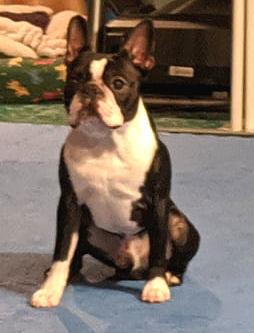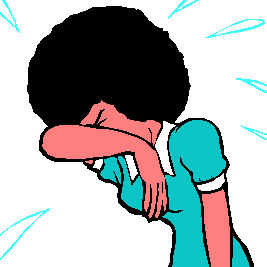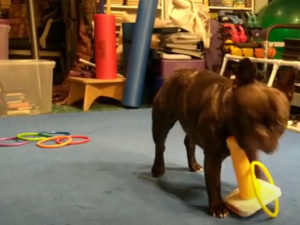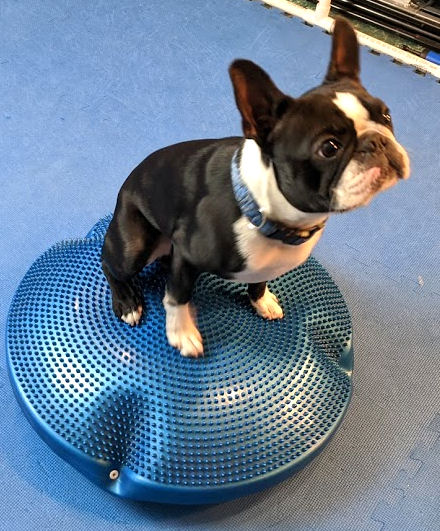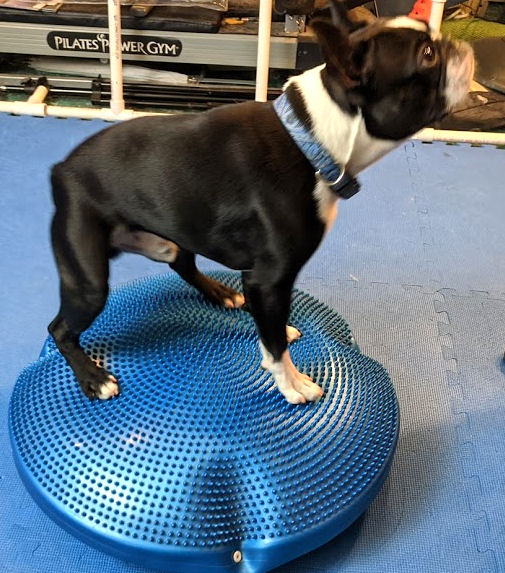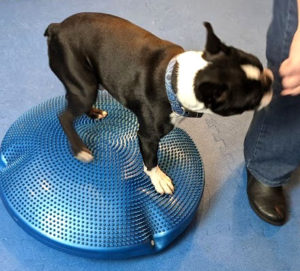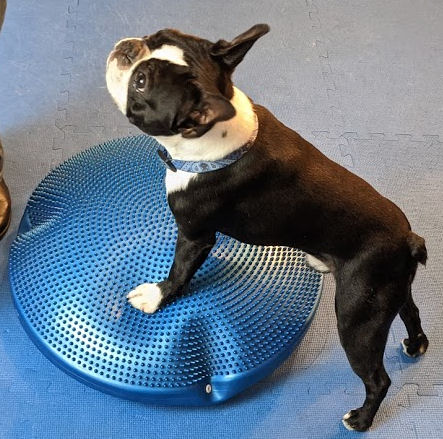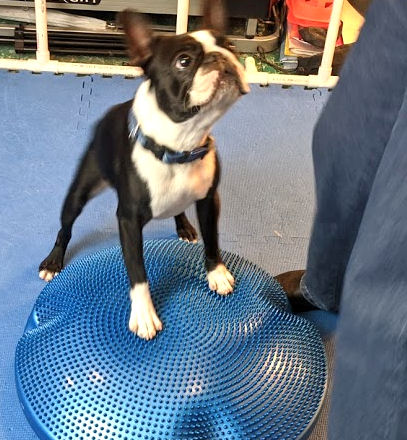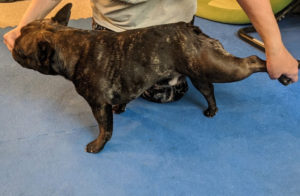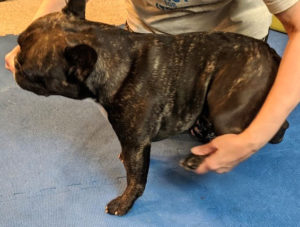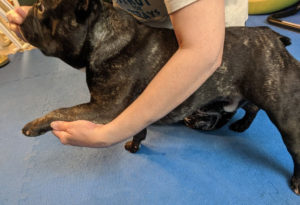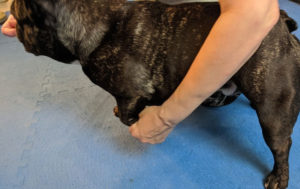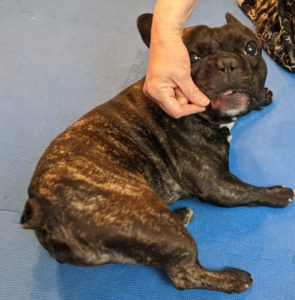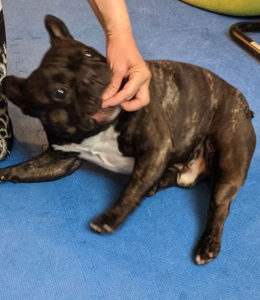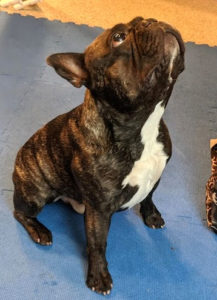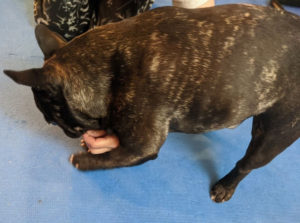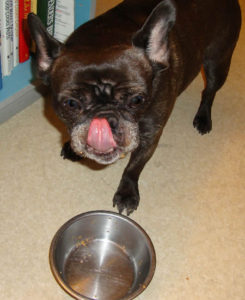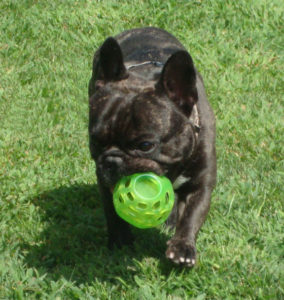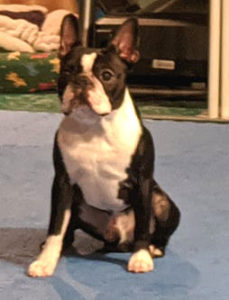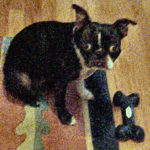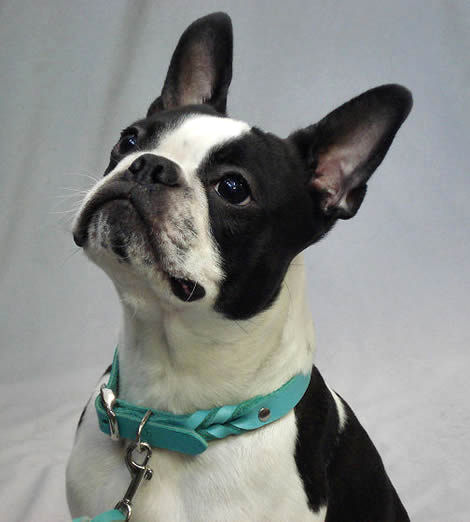
Remember back when you were a kid and one of the best things about going back to school was getting your new school supplies? How you were absolutely convinced the “right stuff” would set you up for success?
Embarking on a dog training adventure is absolutely nothing like that. All you really need is you, your dog, a plan, and a sense of humor. And treats. (Pay your dog.) Patience helps, too.
It doesn’t matter
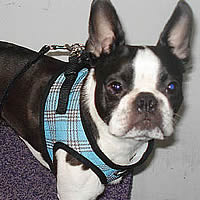
One of the most frequently asked questions we get is about the stuff. Harness or collar? How long should the leash be? What if I don’t have a balance disc?
None of that stuff matters. You have everything you need.
Studies have shown that all collars have the potential to cause neck injuries in dogs. And many dog “experts” claim that harnesses just encourage dogs to pull, because it doesn’t hurt the dog to pull.
The goal is to get your dog to walk nicely beside you, regardless of what it’s wearing. That’s one of the reasons we train our naked dogs in our homes, or in our fenced yards. If your dog can go anywhere it wants, and do anything it wants, but chooses to stay with you and play your game – you’re doing it right!
Safe space
If you’re just starting to develop your teamwork, play your training games in a small, boring, confined space. If you’re the most interesting “thing” around, your dog is going to be fascinated with whatever you do. You know your dog can’t go anywhere. And you know you’re only going to be playing a game for a couple of minutes.
Once you and your dog develop a habit of playing training games, your dog will race to your training space. They love playing games with you. Our training space is usually in the basement. And our biggest headache was keeping the dogs from dashing down the stairs whenever we opened the basement door.
So we made that into a training game, too! Now we approach the basement door, tell the pups to “wait,” go down a couple of steps, come back, and reward! Good wait, doggos! Nice job!
You have the right stuff
Anything and everything can be an occasion for a training game. If you find yourself aggravated because your dog is standing on your lap when you’re trying to watch TV, make it a training game. If the dog is lying in the doorway, make it a training game. (In that case, we’d highly suggest making it a “stay!”)
Being ready to play games all the time, everywhere, will make your life, and your dog’s, happier. Not worrying about the “right stuff” lets you build your dog’s wardrobe with the fun stuff you love. Not that we know any collar addicts. Just mentioning it for a friend.

